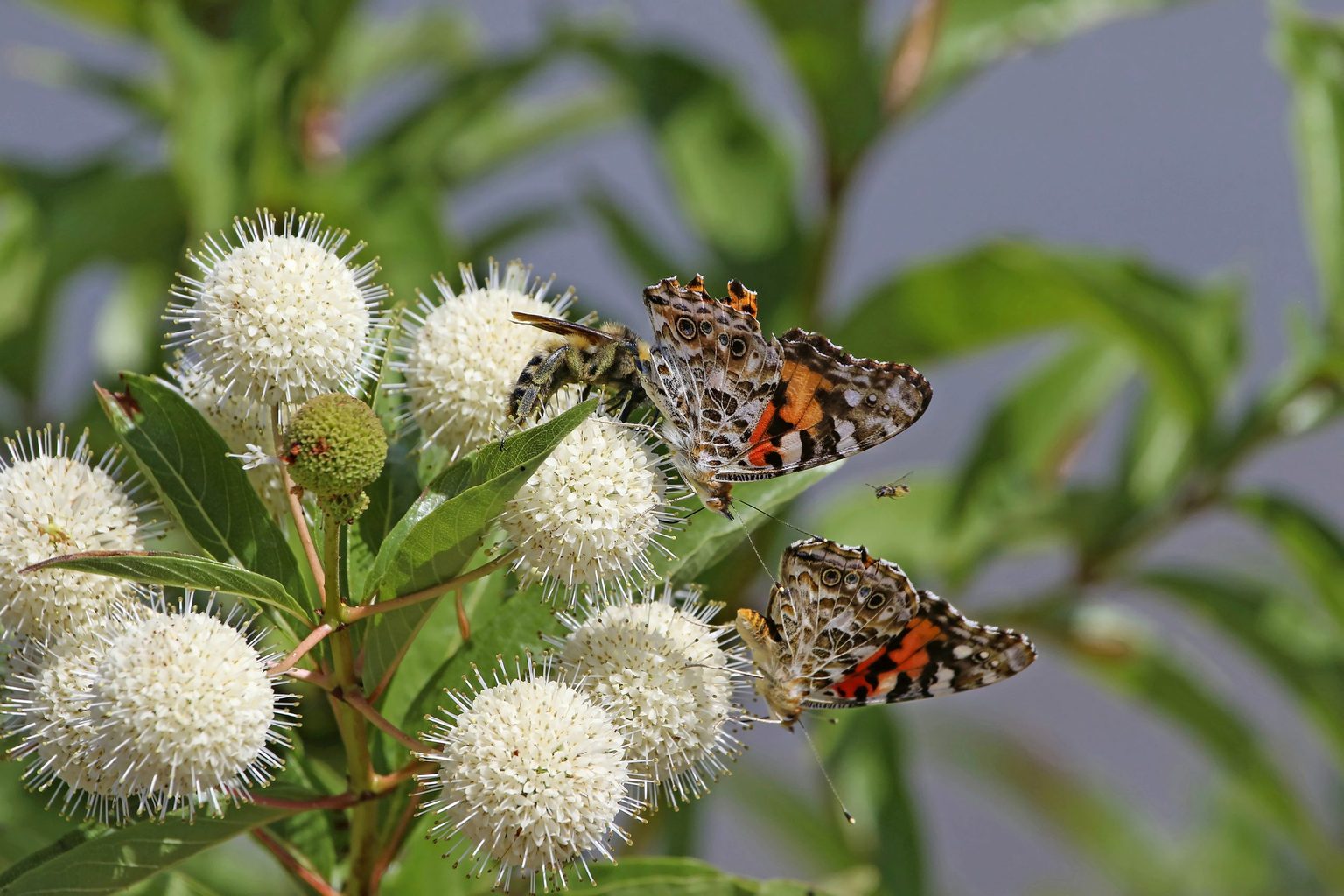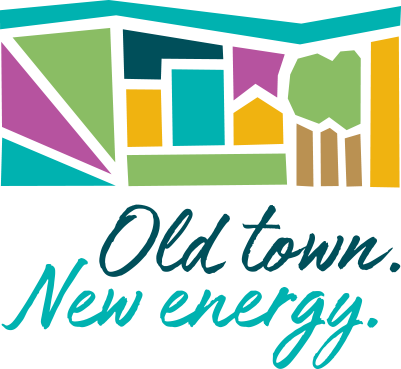Spring Plantings: Native vs Non-Native Plants

Photo by: Linda Taylor/Birds & Blooms
As the weather continues to improve, many of us look forward to getting outside and digging our gloved hands into the rich, earthy loam of our yards and gardens. New life is appearing all around us and we anticipate the rewards of our efforts: butterflies, bees and hummingbirds greedily feasting on our flowering plants; the bounty of vegetables that come mid-summer from our gardens; and the satisfaction of a beautifully landscaped yard. But it can be a delicate recipe to create this ideal ecosystem. It requires the proper balance of attractor plants, healthy growing conditions and, for many, minimal work.
It is during this discussion that the topic of native vs. non-native plants comes up. Randi Lorah of the Penn-Cumberland Garden Club points out that the obvious advantage of native plants is that they have been here for millions of years. As such, they are well designed for the rainfall, they resist local pests and they can handle the weather, returning year after year. There are some less-known differences too. Songbirds also benefit from natives. Ninety-six percent of terrestrial bird species rear their babies on insects, with caterpillars being a particularly important menu item. Caterpillars thrive on native plants.
To find the perfect native plant, download the informational sheet below that matches your yard’s growing conditions.
“People love butterfly bushes, but they can be problematic,” explains Monica Gembusia of Highland Gardens, “because they are non-native and are proficient at self-seeding. That makes them an invasive species. There are better native options, such buttonbush, which, depending on the season, attracts both pollinators and songbirds.”
You don’t have to rip out your beloved butterfly bush and replace it with swamp milkweed or buttonbush (although you may be pleased with the results). Instead, if you are expanding or replacing your plantings, consider native plants. A great place to start is with the PA Native Plant Society or the Native Plants section on PA’s Department of Conservation and Natural Resources for more information. With a quick google search you can find many local retail shops to purchase and discover more about native plants.



 (717) 774-0404
(717) 774-0404 1120 Market Street, New Cumberland, PA
1120 Market Street, New Cumberland, PA 8:30 a.m. - 4:30 p.m. Mon - Fri
8:30 a.m. - 4:30 p.m. Mon - Fri